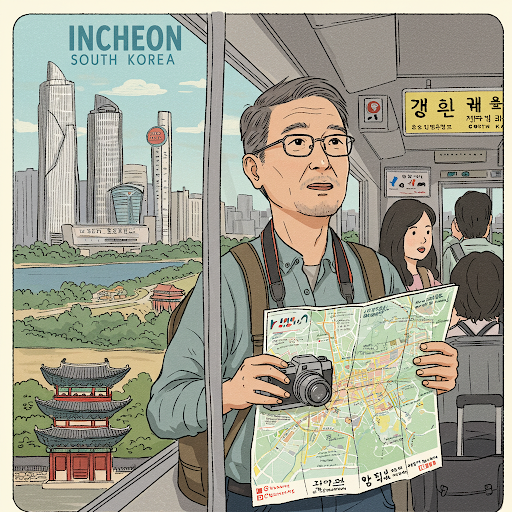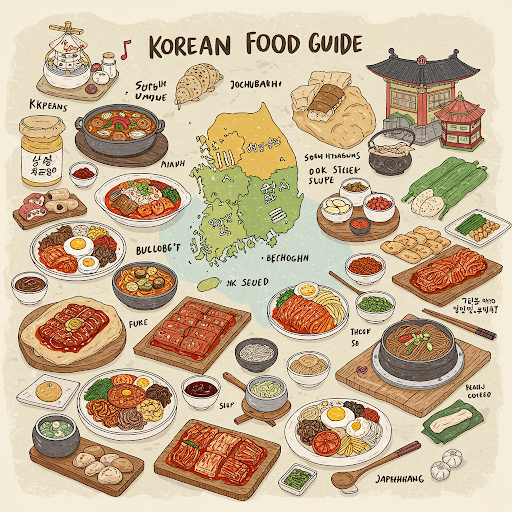Essential Tips for Foreigners Using the Korean Subway

As a foreign tourist looking to experience Korea's convenient and efficient subway system, it's essential to know some basic information. Korea's subway system is not only extensive but also modern and highly efficient. This article provides essential knowledge and tips for foreigners using the Korean subway, helping you avoid common issues and ensuring a smoother journey.
Why is the Korean subway the top choice for travel?
- Extensive Coverage: Seamlessly connects major cities like Seoul, Busan, and Daegu, with 90% of attractions easily accessible (e.g., Myeongdong, Hongdae, Gangnam).
- Cost-Effective: Single adult fare starts at 1,550 KRW, 800 KRW for ages 6-12, and 500 KRW for children under 6, making it much cheaper than taxis.
- Convenience: Real-time station information syncs with map apps, multilingual signage, and is very foreigner-friendly.
Recommended Subway Navigation App
A must-have app for traveling in Korea: Naver Map
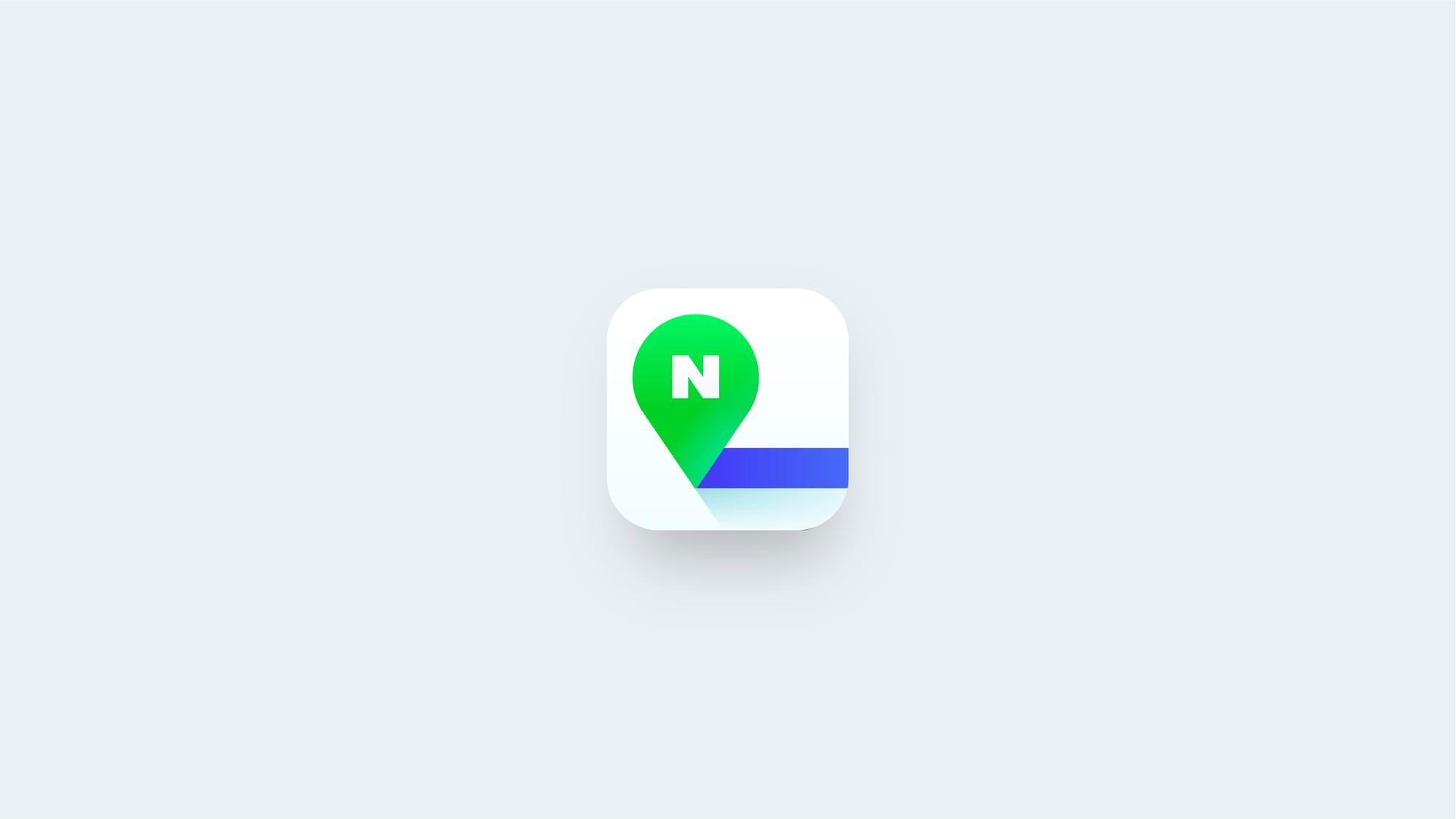
Open Naver Map, enter your departure and destination, and you can view subway route information (see the red box below).
This article uses Seoul Station to Myeongdong Station as an example.
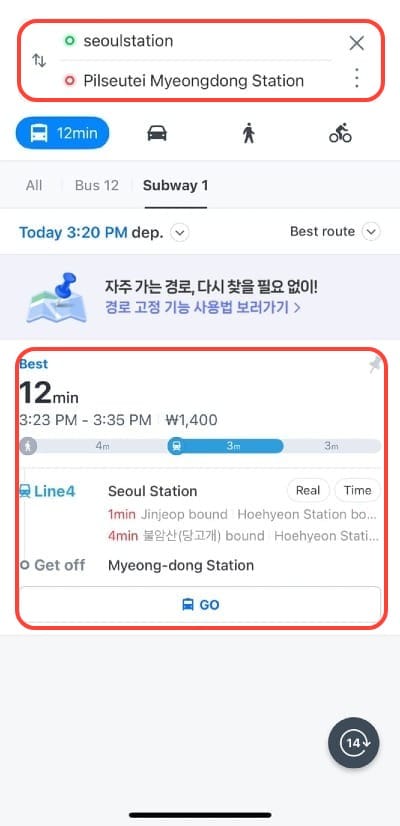
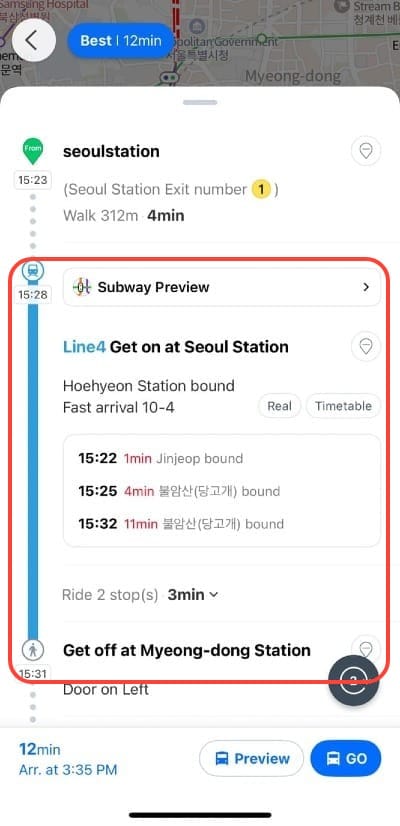
Subway Ticketing Overview
Essential for the subway: T-money transportation card
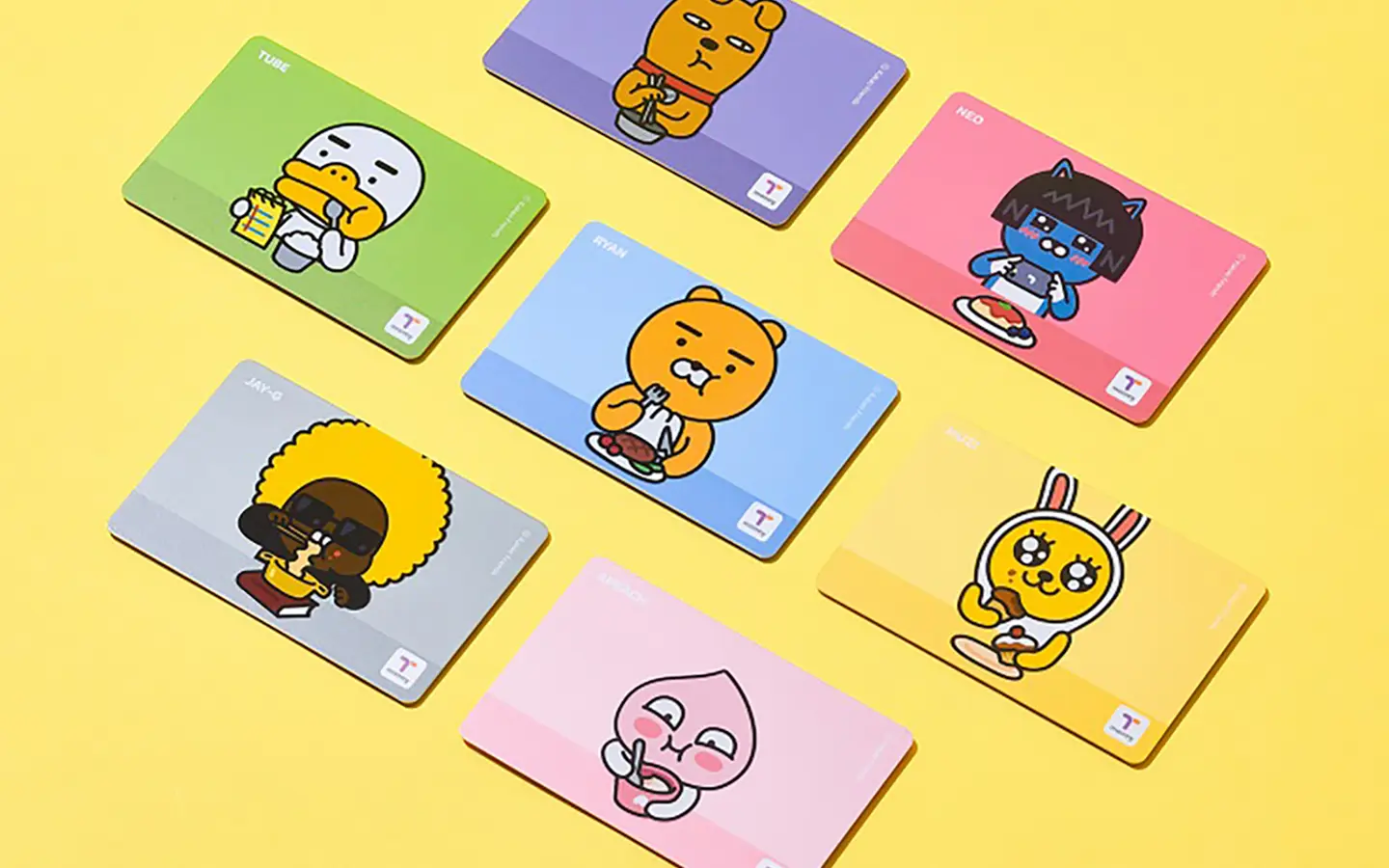
Where to buy: GS25/CU/7-11 convenience stores, subway station automatic card vending machines (card costs 3,000 KRW, refundable balance).
Recharge tips:
✅ Convenience store manual recharge: Supports cash recharge in KRW.
✅ Self-service machine recharge: Tap "English" on the screen → select "Reload" → insert banknotes (only accepts 1,000/5,000/10,000/50,000 KRW).
Hidden benefits:
Transfers between buses/subways are free within 30 minutes.
One card can be used for shopping at convenience stores and taxi payments.
For more details, refer to the article "Korea Travel Essential: Complete Guide to T-money Card Purchase and Recharge."
Please Note the Elderly and Pregnant Reserved Seats in the Korean Subway
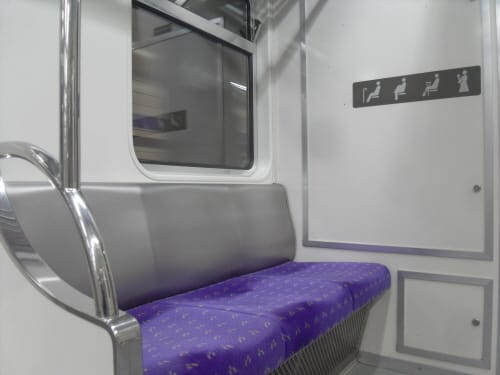
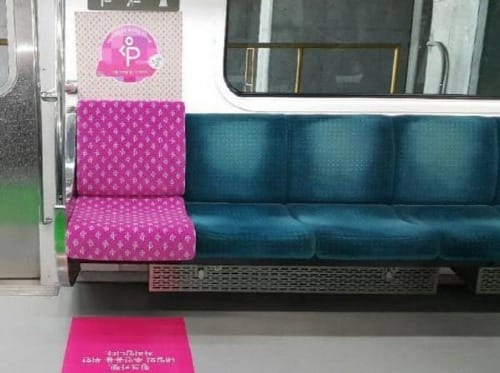
Elderly Reserved Seats:
At both ends of each subway car in Korea, there are about six seats reserved for elderly passengers or those with mobility issues. These seats are typically dark-colored.
Pregnant Reserved Seats:
Pregnant reserved seats are located in the same row as regular seats and are differentiated by pink cushions. These seats are specifically for women in the early stages of pregnancy.
In Korea, you will often see people standing rather than sitting in these reserved seats. Koreans will actively give up their elderly and pregnant reserved seats for those in need.
Foreigners, be sure to pay attention when riding the subway!!!
Subway Signboards: Master the Most Direct Arrival Information
In-car Signboards
Each subway car is equipped with an electronic signboard,
allowing you to check the station name and the direction to disembark at any time.
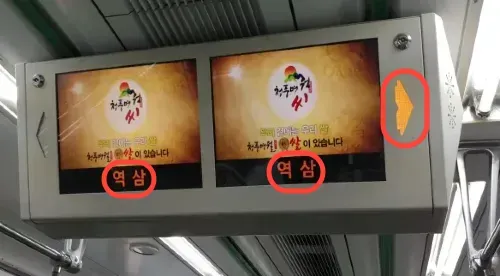
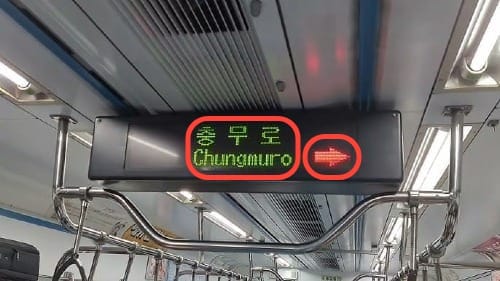
Station Signboards
In addition to the in-car signboards, each subway station also has signboards displaying the current station name, usually with both English and Chinese.

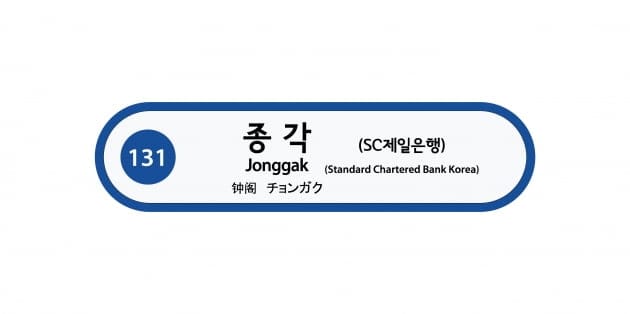
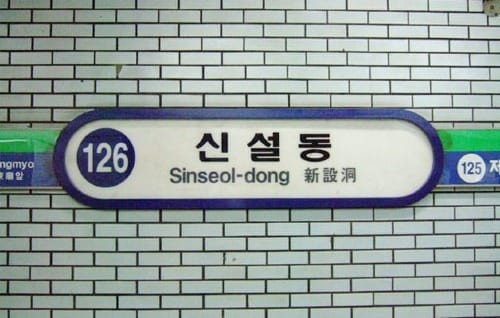
Transfer Information Signboards
Inside the subway stations, there are also transfer information signboards,
which display numbers in different colors, the station names you can reach, and directional arrows.
Different colored numbers represent different subway lines,
for example: Blue 1 represents Line 1
Purple 5 represents Line 5
Yellow 3 represents Line 3

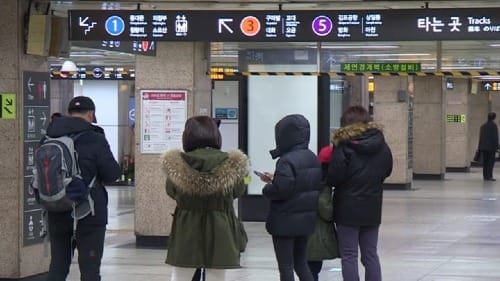
By following the numbers corresponding to the subway lines you need to transfer to and the arrows next to the numbers, you can easily find the location to transfer to the new subway line.
Subway Exit Signboards
Subway exit signboards are marked with a prominent yellow color
and feature both "EXIT/出口" in English and Chinese.
The numbers on the subway exit signboards indicate the exit number,
helping you quickly locate the corresponding exit.

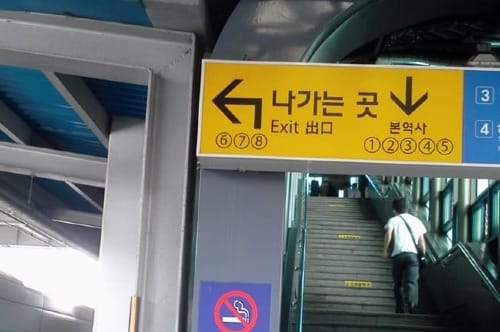
Pay close attention to the signboard information to avoid missing your destination.
Emergency Exit at Ticket Gates
The following two situations are likely to require using the emergency exit at the subway ticket gates:
- Entering the wrong ticket gate: Even locals familiar with the route might accidentally enter the wrong direction at the ticket gate. If you enter the wrong gate, you need to exit the gate and re-enter from the opposite direction gate.
- Urgent need to use the restroom: Restrooms are located outside the ticket gates in the subway station. If you've already entered the ticket gate and suddenly need to use the restroom, you will need to exit the gate and then use the restroom.
Alternatively, if you need assistance from the subway staff, look for the emergency exit shown in the image below.
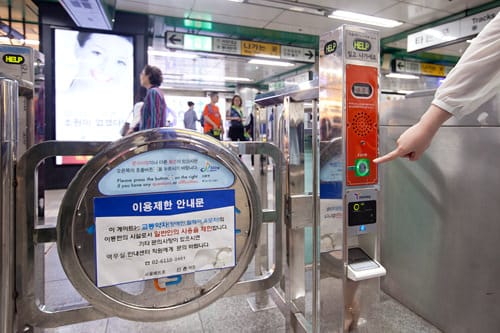
Then, press the green help button.
At this point, a staff member will proactively contact you through the help exit microphone.
Inform the staff that you need the door to be opened or other assistance (simple English: "Help please." / "Open the door please"), and the staff will open the door or provide help.
Luggage Storage Lockers at Subway Stations
Currently, most subway stations in Seoul have luggage storage lockers in various sizes, and the usage fees are quite reasonable (small luggage around 3,000 KRW/4 hours, large luggage around 5,500 KRW/4 hours, for reference). So, storing your shopping items or luggage that is inconvenient to carry while you explore will make your journey much easier!
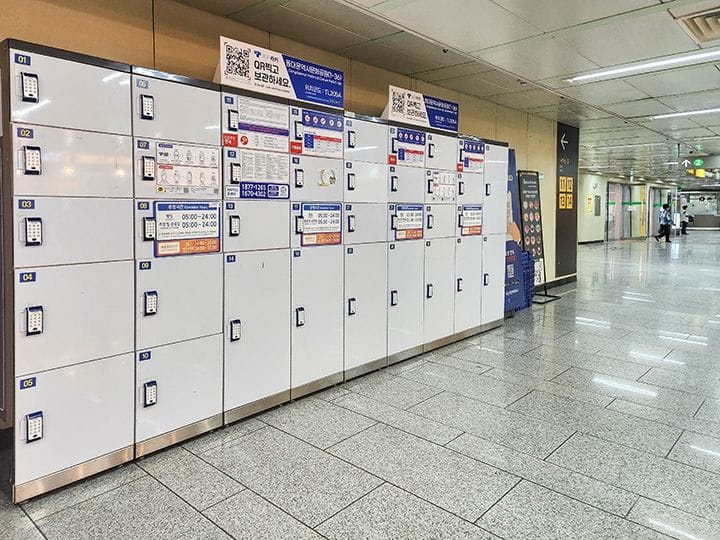
Lost Items on the Subway
First, confirm the time you got off, the station, train number, and car number.
After getting off the subway, pay attention to the ground near the door, where you'll see a number like "5-2". This number corresponds to the car number.
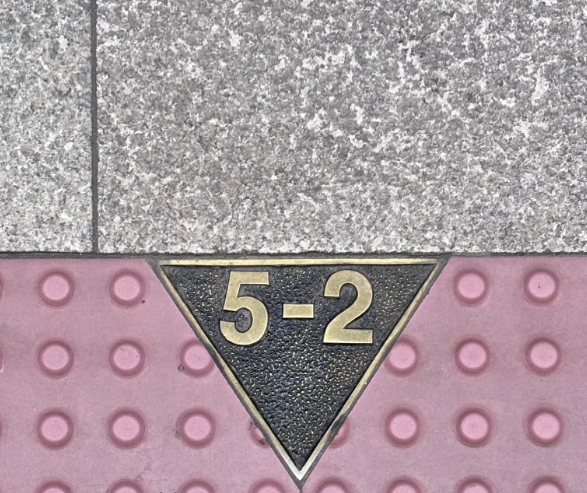
Remembering the time of your ride and the car number will be very helpful when applying for lost and found. Contact the subway station’s lost and found center in a timely manner.
Seoul Subway Lost and Found Center: 1577-1234
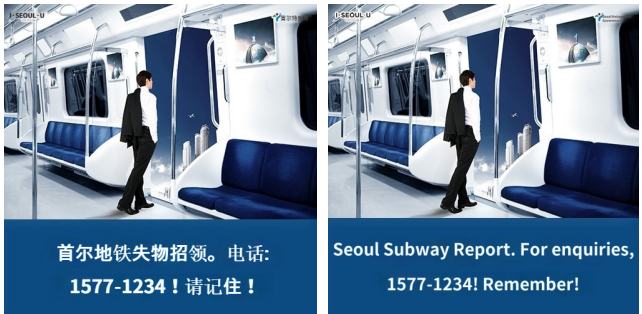
Conclusion
The subway system in South Korea is fast, convenient, and efficient, providing a great way for foreign visitors to travel around the city. By understanding these tips, you'll be able to easily handle any challenges that may arise while riding the subway and enjoy your trip in South Korea. Wishing you a smooth and enjoyable subway journey in South Korea, and may you create wonderful memories!

